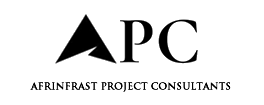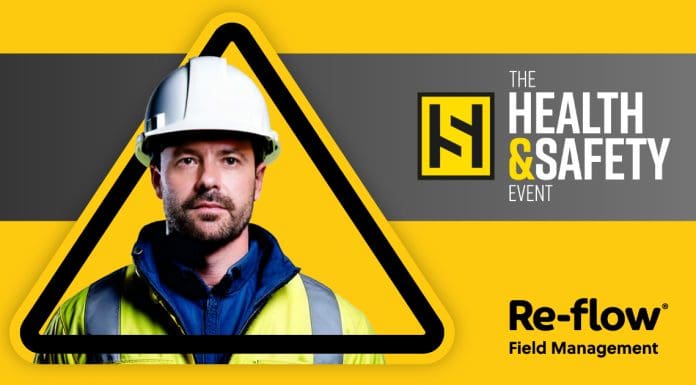
Discover insights from the show at Birmingham’s NEC
From fresh insights into mental health to the limits of AI, this year’s Health and Safety Event showcased the evolving conversations shaping UK infrastructure.
Re-flow attended the event as part of our commitment to staying engaged with the challenges and opportunities shaping the sector. It was a chance to hear directly from industry experts and connect with current and prospective clients.
Below, we break down three key themes from the show that reflect the future of health and safety.
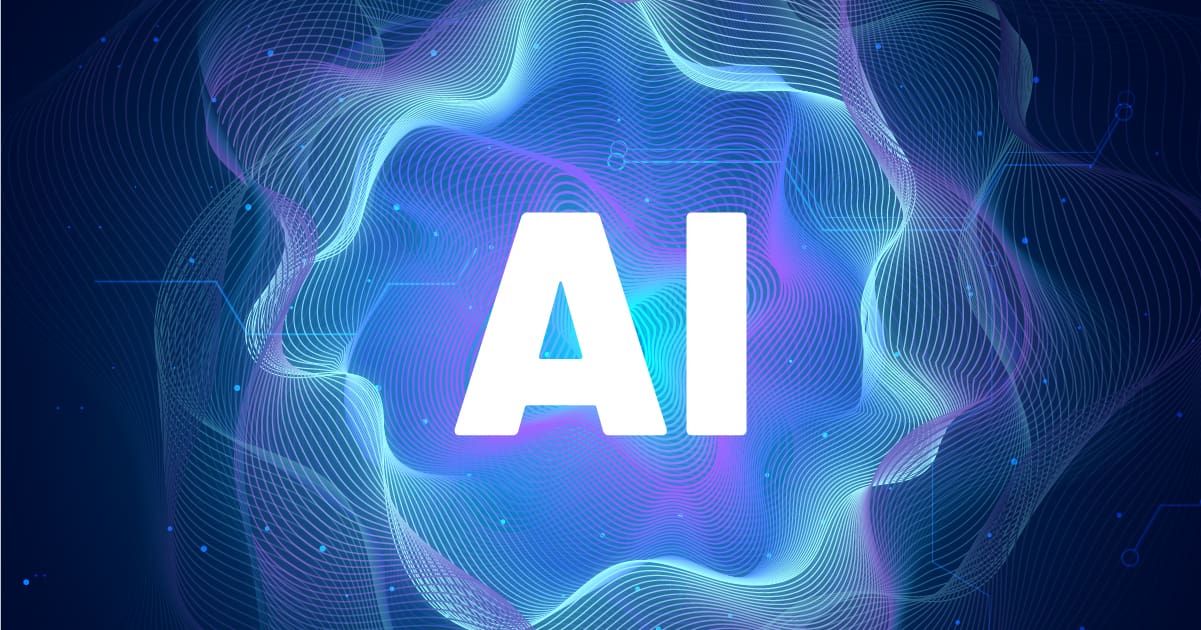
1. AI: powerful, but not a replacement
One standout theme was the role of artificial intelligence in health and safety. A panel titled AI – Understanding how Occupational Safety and Health Professionals view this technology emphasised that while AI is a valuable tool, its limitations in safety need to be recognised.
AI can help spot patterns, highlight risks, and process data at scale – but it can’t yet interpret the human side of safety. Issues like mental health, wellbeing, or behavioural nuance still require human insight. And as this panel pointed out, there are also unanswered ethical questions around how the data is used, understood, and what the long-term implications might be for health and safety practices.
The consensus? AI should support human judgement – not replace it.
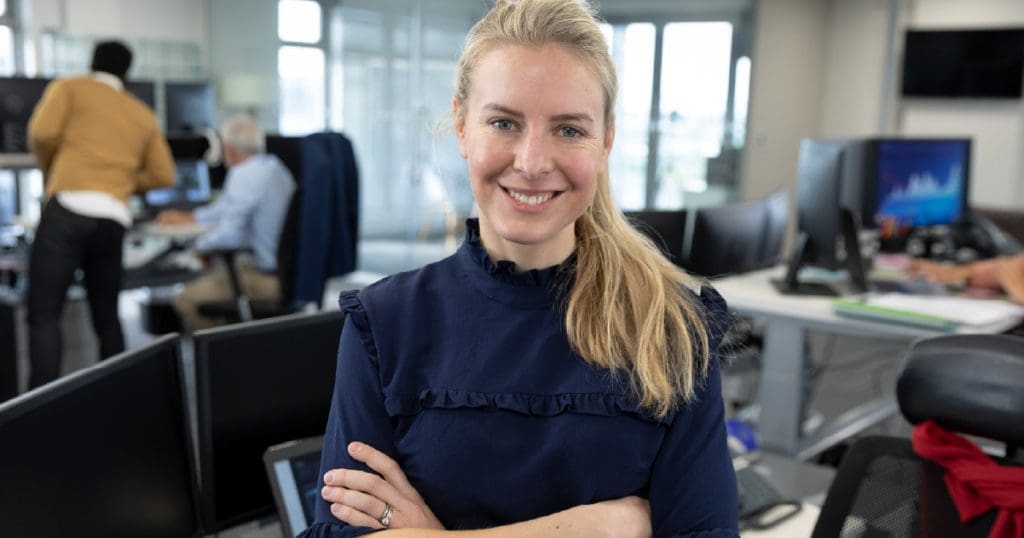
2. Mental health and the modern workforce
Mental health, particularly in younger workers, was explored in depth by Natasha Devon MBE, mental-health campaigner, who looked at how Gen Z experience pressure and stress differently in her talk Mental Health in a multi-generational workforce.
Describing the generation as perfectionists, Devon explained that a fear of failure is impacting these workers. As a result, they overwork in areas where they feel confident and self-sabotage or avoid work when they think they will fail. After all, if they don’t try, they can’t fail. Whether they overwork or become disengaged – both of these options have potential safety implications. Anxiety and stress are becoming increasingly common issues, especially when workers don’t feel safe to speak up or when mental health isn’t actively supported by employers.
There is a need for open dialogue within businesses.
3. Technology: reimagining safety reporting with kiosks
Among the tech on display, safety kiosks stood out as a practical and immediate tool for improving reporting culture on-site. These large interactive screens were designed to streamline the reporting process into a simple three-step system, encouraging higher engagement – particularly from younger or less experienced workers who may be hesitant to speak up.
Derya Sousa, CEO at Kianda EHSwise, and Michael O’Connor, QEHSS Leader, explored how the kiosks help lower the barriers to flagging unsafe practices or hazardous environments. With instant feedback and the ability to log negative observations quickly and anonymously, they create a safer space for raising concerns. This can lead to higher morale, more visibility over recurring issues, and ultimately, safer worksites driven by real-time feedback.
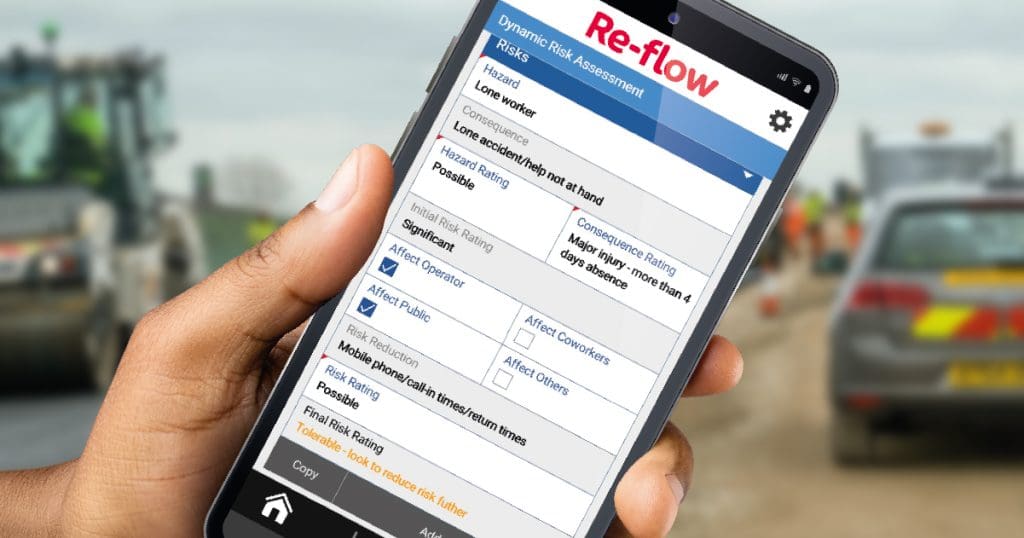
A conversation worth continuing
Health and safety is constantly evolving – and shows like The Health and Safety Event help keep that conversation moving forward. From practical technology to cultural shifts in mental health and engagement, these insights all reflect the same priority: protecting people.
At Re-flow, we believe in building tools that support that mission. Whether it’s driving compliance, digitising reporting, or making safety workflows smarter and more proactive, we’re proud to be part of a sector that takes the wellbeing of its workforce seriously.
Discover more about Re-flow’s field management software
The post The evolution of safety: highlights from the Health & Safety Event 2025 appeared first on Planning, Building & Construction Today.
